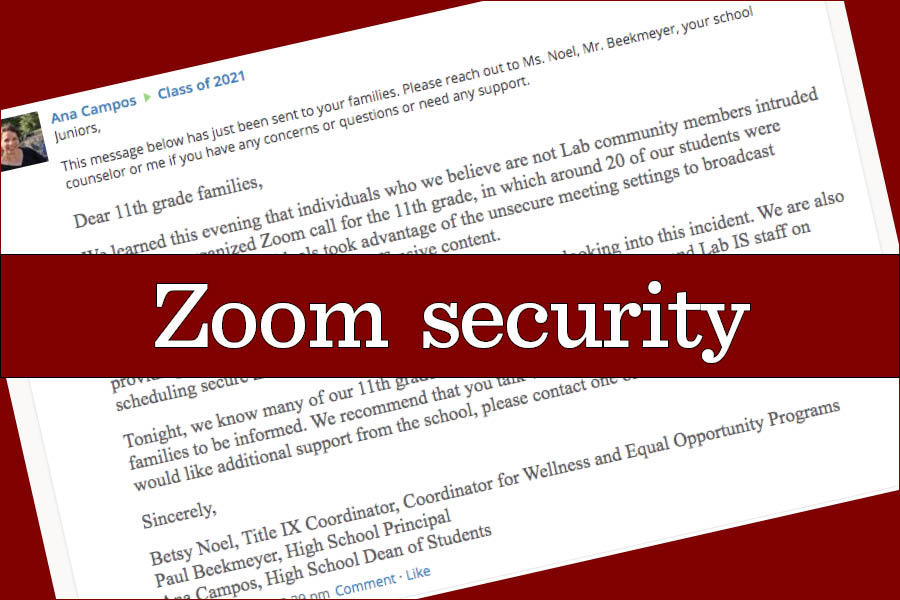

Pathways to a Just Digital Future Watch this tech inequality series featuring scholars, practitioners, & activists

AI was also used to develop additional features to augment the experience and the interaction with users.Īlmost every aspect of the product uses some sort of Artificial Intelligence: By optimizing connections, video compression, and audio transfer, Zoom guaranteed an improved video quality. Therefore, Zoom was designed as a cloud-based technology, with servers distributed around the world, and mediating the transfer of audio and video, instead of using peer-to-peer (P2P) connectivity.Īdditionally, Zoom adopted artificial intelligence at the core of its product. Zoom allows hundreds of simultaneous participants in their meetings, making it necessary for the service to handle connections of dissimilar qualities across different geographies. Since its inception, Zoom decided to take a video-centric approach and, instead of using legacy solutions, decided to engineer and patent its own technology architecture. The reason why Zoom was able to win over Cisco’s flawless track record and reputation, and Microsoft’s and Google’s existing synergies, was most probably its superior video technology. From traditional enterprise solutions like Cisco WebEx, to suite-integrated products like Microsoft Teams and Google Meet, competition was fierce. Zoom was able to position itself as the standard software for videoconferencing, even against the biggest and most renowned tech companies. Their mobile app was downloaded 600,000 times in a single day. Its stock price more than tripled, and by June 2020 the company had capitalized a 169% year-over-year increase in their revenues. Zoom was definitely one of the biggest winners of the pandemic and the quarantine. Thanks to a UX-centric videoconferencing experience, and a cloud-native architecture which proved to be easy to scale, Zoom was able to scale from 10 million daily meeting participants to 200 million daily meeting participants in just one month. With 2,500 employees and a profitable business, the company had just done its IPO less than one year before. After 9 years of sustained growth, Zoom was well positioned when the covid pandemic hit.


 0 kommentar(er)
0 kommentar(er)
